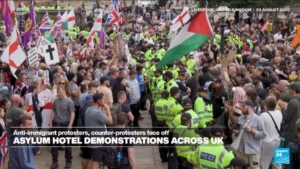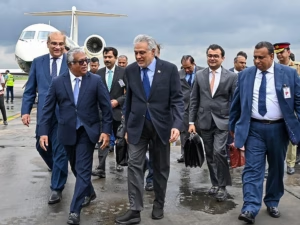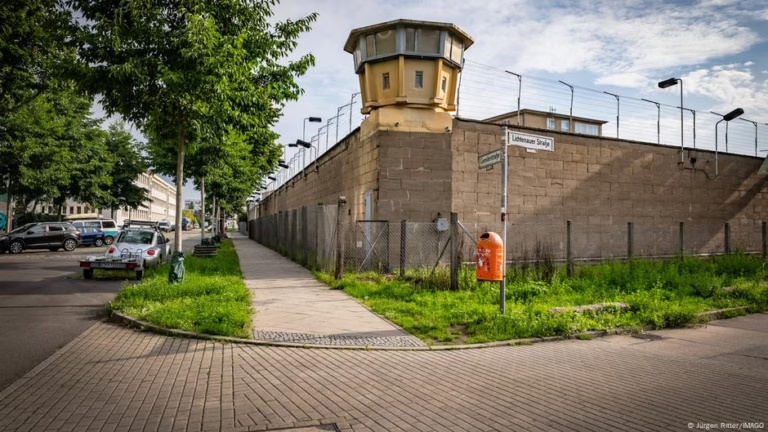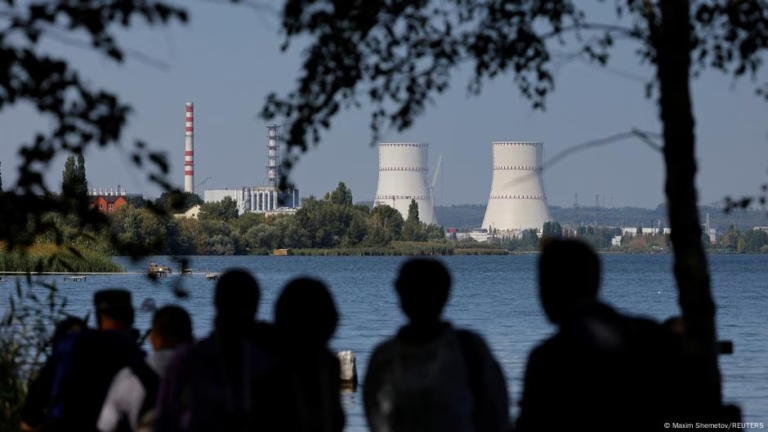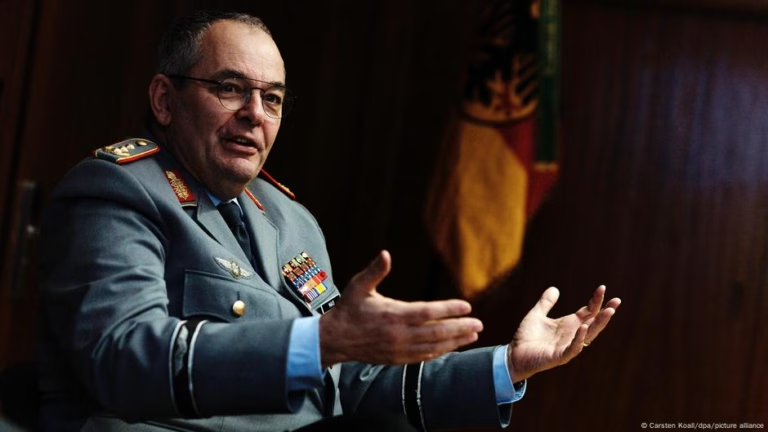Ukraine has accepted a 30-day ceasefire proposed by the United States, provided that Russia agrees. As a result, the US has lifted restrictions on aid and intelligence sharing with Ukraine. The focus now shifts to negotiations between Russia and the US, with implications for Ukraine and Europe.
Daniel Fried, an Atlantic Council fellow and former US Ambassador to Poland, emphasized that the ball is in Russia’s court regarding the ceasefire agreement. Fried questioned whether Russia will agree to the ceasefire and adhere to it.
The journey leading to this point has been contentious, straining long-standing assumptions about the US’s role in Europe and its relationship with the continent. Trump’s pursuit of a resolution to the conflict, including his engagement in direct talks with Russian President Vladimir Putin, has been a departure from the stance of the previous US administration.
While the US and Ukraine negotiations were held in Saudi Arabia, Europe feels sidelined in the dealings between Russia and the US, raising concerns among European leaders.
Trump’s stance towards Ukraine has been volatile since returning to the presidency. He has assigned blame for Russia’s invasion to Ukraine and Zelenskyy, calling him a “dictator without elections.” Despite this, Europe has needed to confront the existential question of its security without the guarantee of US backing for the first time since World War II.
European countries have responded with increased defense spending and discussions about building independent European defense capabilities. Ukraine’s relationship with Trump has also been tumultuous, leading to discussions around the reliability of US support.
The first encounter between the US and Russia on Russian soil since the Ukraine invasion may not yield the desired results. The situation highlights the uncertainty of Trump’s approach and raises concerns about strengthening ties with Russia.
Source: https://www.dw.com/en/us-russia-meeting-on-ukraine-what-is-at-stake/a-71712790?maca=en-rss-en-all-1573-rdf
